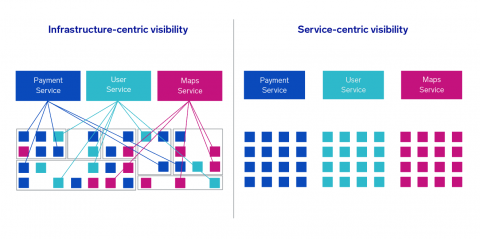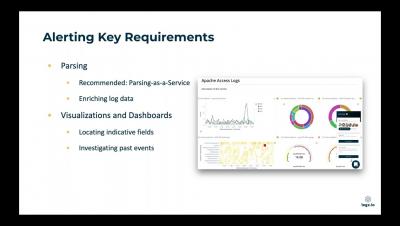Why Traditional Kubernetes Monitoring Solutions Fail
Kubernetes has several key differences that push the limits of traditional application monitoring. Due to the distributed ephemeral nature of Kubernetes, most existing solutions fail to give the visibility we might expect, resulting in longer resolution times. Looking at these potential pitfalls can help guide us as we take a fresh look at Kubernetes management and monitoring.











